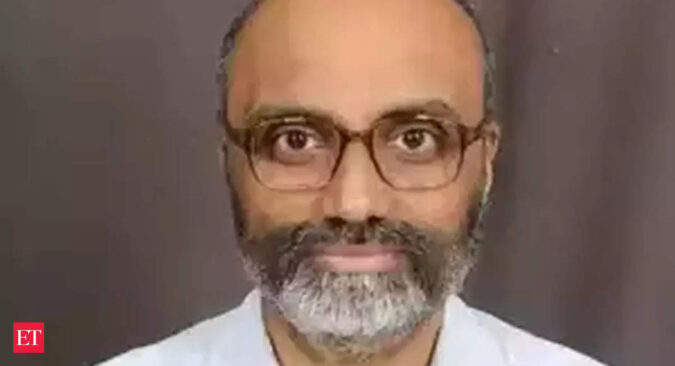Varma pointed out two inflationary risks- output cut by OPEC+ and Monsoon.
The first risk emanates from the announcement of an output cut by OPEC+ during the weekend just before the MPC meeting. Crude oil promptly reversed the entire price decline of the preceding weeks and settled slightly above the levels prevailing at the February meeting. The output cut by itself is not worrying as it could simply represent an attempt by OPEC+ to match supply to sluggish demand in a slowing global economy, he said.
It would become a matter of concern only if it signals a structural change in the geopolitical alignment of the major oil producing countries, he added.
So far, the crude oil market has been relaxed about this development with the futures curve continuing to slope downward. Nevertheless, the MPC needs to keep a careful watch on this evolving situation. If crude were to creep towards the triple digit mark, there might be a need for a monetary response, Varma added.
The second risk relates to the monsoon. It is only around mid April that scientists are able to provide monsoon forecasts with some degree of confidence, and the forecast accuracy improves towards the end of May.
“The MPC has no choice but to operate under the default assumption of a normal monsoon. However, in recent weeks, there has been increasing concern about some unfavourable oceanographic patterns that could impact the monsoon this year,” he said.A deficient monsoon would likely create inflationary pressures that would need to be counteracted with monetary policy measures.
The high probability of an El Nino effect in 2023 has thrown a cloud over the monsoon. While the government forecaster India Meteorological Department sees a normal rainy season, private weather service Skymet has predicted below normal monsoon in the June-September season.
On stance
Varma also expressed reservations about the ‘withdrawal of accommodation’ stance.
“Turning to the stance, I must confess that I fail to comprehend its meaning. My colleagues in the MPC assure me that the language is crystal clear to market participants and others. It may well be that I am the only person who finds it hard to understand. But I am unable to reconcile the language of the stance with the simple fact that no further “withdrawal of accommodation” remains to be done since the repo rate has already been raised to the 6.50% level prevailing at the beginning of the previous easing cycle in February 2019. It is of course possible to undertake further tightening, but that would not constitute a “withdrawal of accommodation” by any stretch of the imagination,” he said.
At the same time, it is clear that the war against inflation has not yet been won, and it would be premature to declare an end to this tightening cycle, he added.
Pause not Pivot
RBI Governor Shaktikanta Das , along with the five other members of the Monetary Policy Committee, voted for a pause in rate hike earlier this month. Addressing a press conference, RBI governor Shaktikanta Das said, “It’s a pause and not a pivot.”
The central bank, which effected six back-to-back hikes in the key short-term lending rate (repo) since May 2022 to check high inflation, decided to take a pause early this month. The cumulative rate hike since May 2022 is 250 basis points.
“The cumulative impact of our monetary policy actions over the last one year is still unfolding and needs to be monitored closely,” Das said during the last Monetary Policy Committee (MPC) meeting held during April 3-6.
“Our job is not yet finished and the war against inflation has to continue until we see durable decline in inflation closer to the target. We stand ready to act appropriately and in time,” he added.
